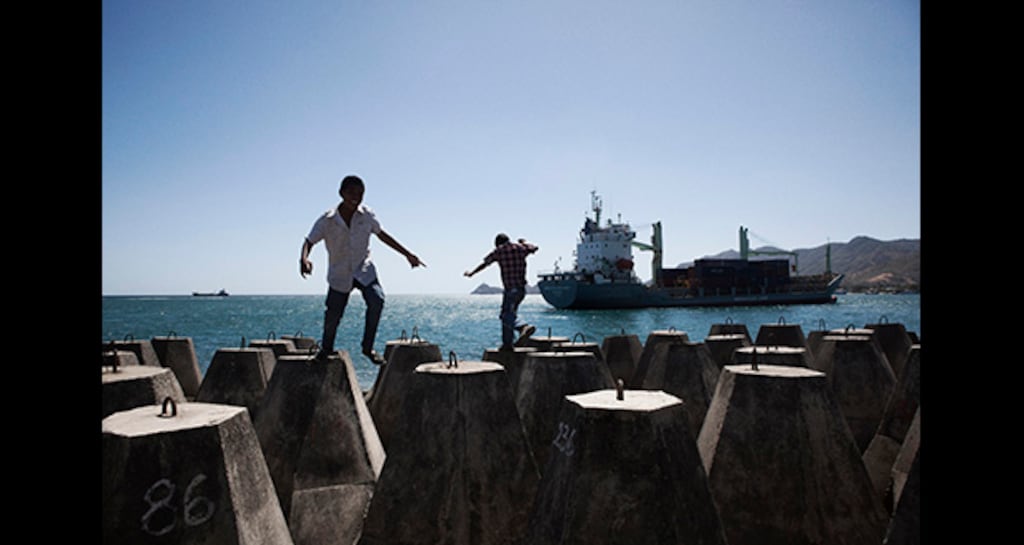Eleven years after independence, the array of socioeconomic challenges facing Timor-Leste remains significant. According to the United Nations Development Programme's human development index, 37.4 per cent of the population live under the international poverty line of less than $1.25 per day.
Timor-Leste has one of the world's highest birth rates, women having on average 6.95 children. Malnutrition is at chronic levels, with Unicef reporting that Timor-Leste has the highest percentage of children under five who are stunted.
All this despite the country presiding over a petroleum fund worth some $13.6 billion. Since 2005, Timor-Leste has experienced a petroleum boom with oil income accounting for about 95 per cent of revenue .
Gordon Peake, visiting fellow at the "state, society and governance in Melanesia" programme at the Australian National University, observes that perhaps "the main challenge facing Timor-Leste today is in fact a paradoxical one; one that economists refer to as a 'resource curse'".
'Paradox of plenty'
In a "paradox of plenty", research has shown that countries rich in non-renewable natural resources tend to have less economic growth and worse development outcomes than those with fewer natural resources. The International Crisis Group has described Timor-Leste as "an impoverished country with a very large bank account".
Inequality is glaringly evident in Dili. Timor Plaza, an air-conditioned shopping centre and luxury hotel, stands as an ostentatious symbol of progress only a short stroll away from people living in deplorable poverty.
Stylish seaside restaurants, with expensive wine lists, cater for a tiny emerging middle-class elite.
The Guide Post, a magazine available throughout the city, sports advertisements for an upmarket gated residential community.
Dr Peake, originally from Downpatrick, Co Down, cautions against focusing too much on the depressing development statistics, pointing out few would have given Timor-Leste much chance of surmounting the obstacles it has already overcome.
That Dr Peake's book, Beloved Land: Stories, Struggles and Secrets from Timor-Leste, was launched in Dili's new rooftop bar, is indicative of how the country has changed since he first visited in 2005.Timor-Leste's aim is to be an upper-middle-income country by 2030. President Taur Matan Ruak's chief of staff, Fidelis Magahalhaes, says "while in monetary terms we are already a lower-middle-income country, socially we still have a long way to go".
Decentralisation priority
Timor-Leste's population is 76 per cent rural. Decentralisation is a priority in the country's 20-year development plan. This is no small task as 70 per cent of infrastructure was destroyed in the conflict with Indonesia. Irish Aid has been supporting decentralisation in Timor-Leste since 2002.
The World Development Report 2011 found that on average post-conflict countries take a full generation to transition out of fragility and to build resilience. The World Bank has noted that social and economic development in Timor-Leste can be seen as remarkable.










